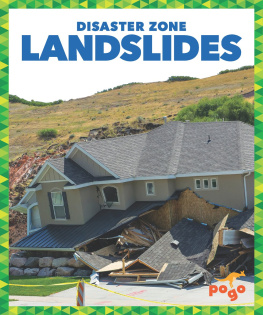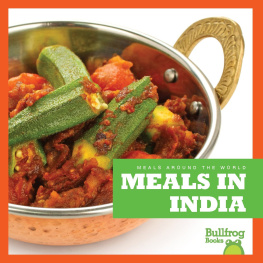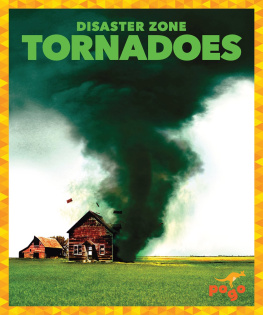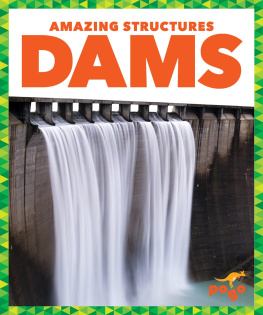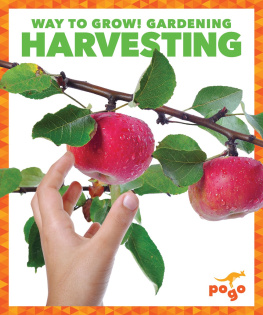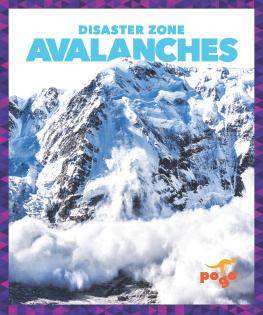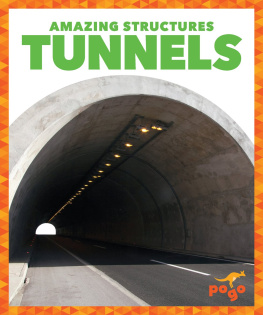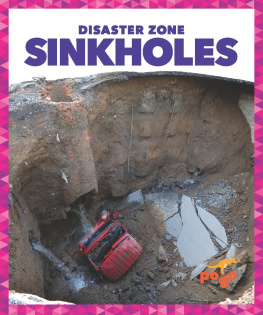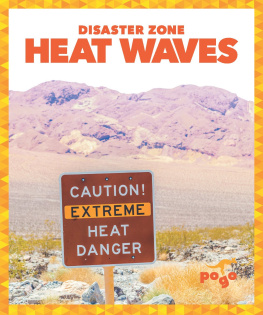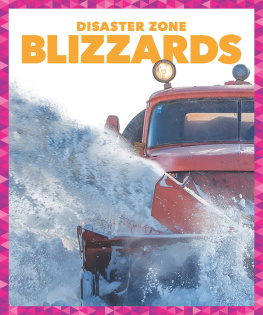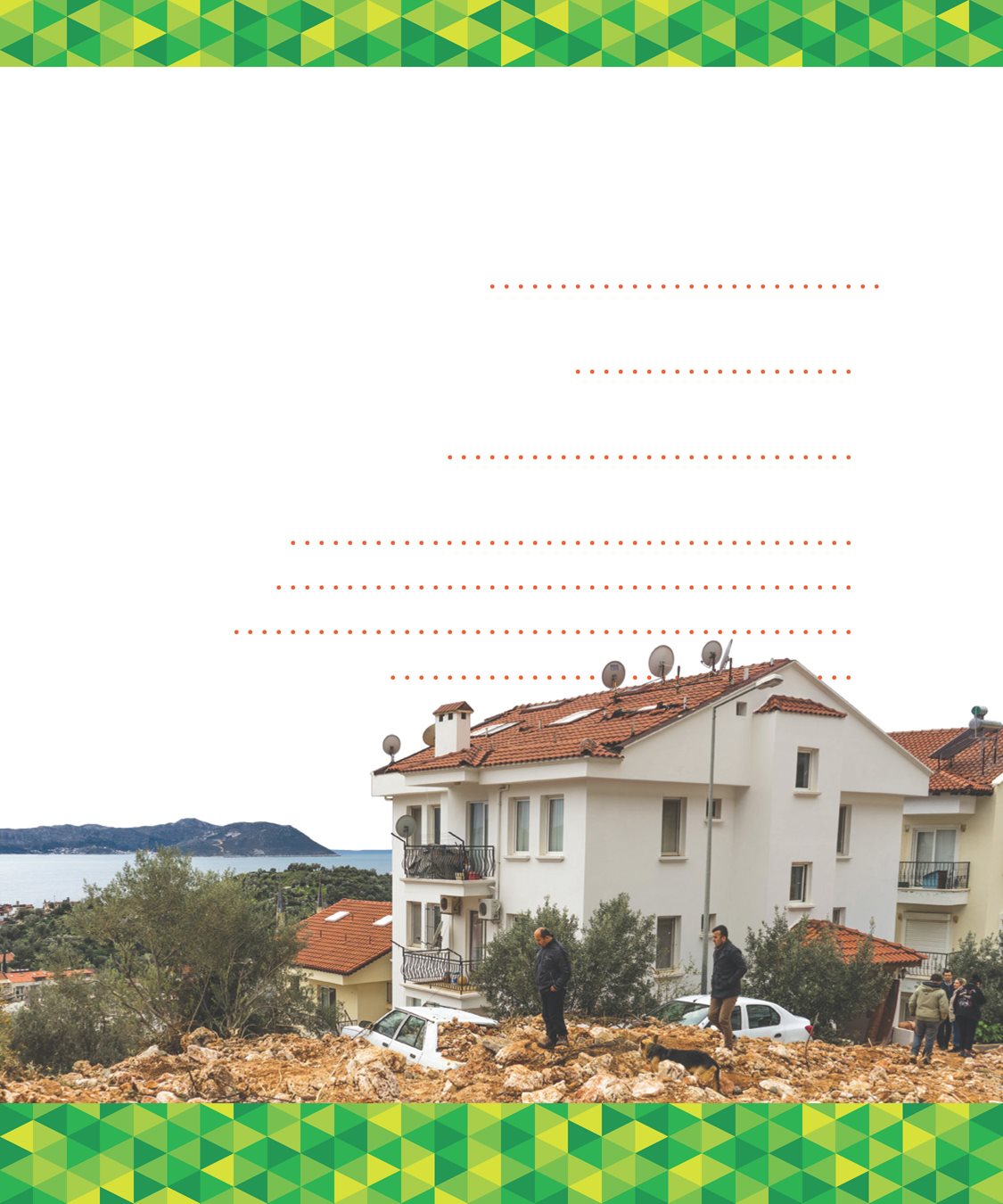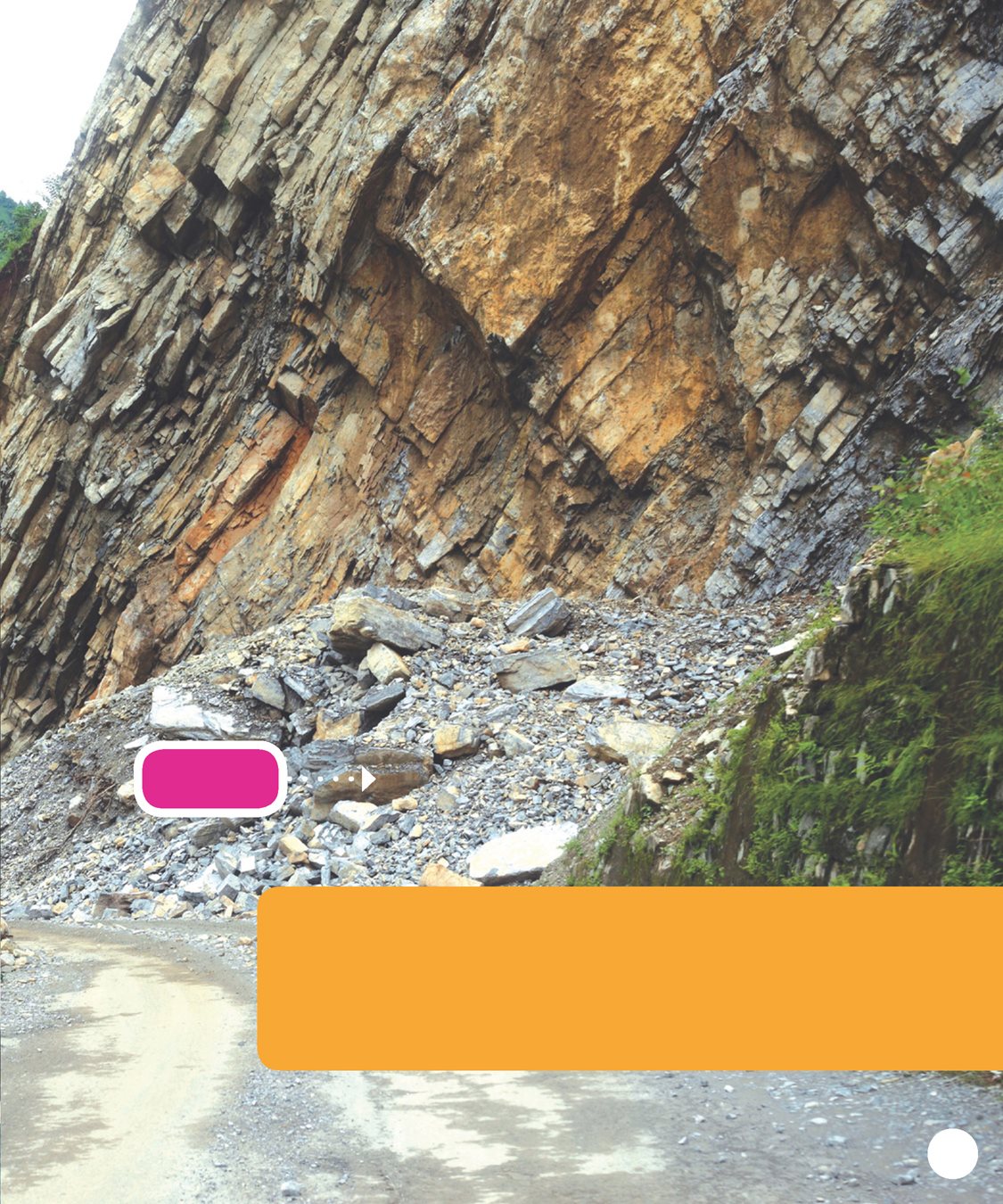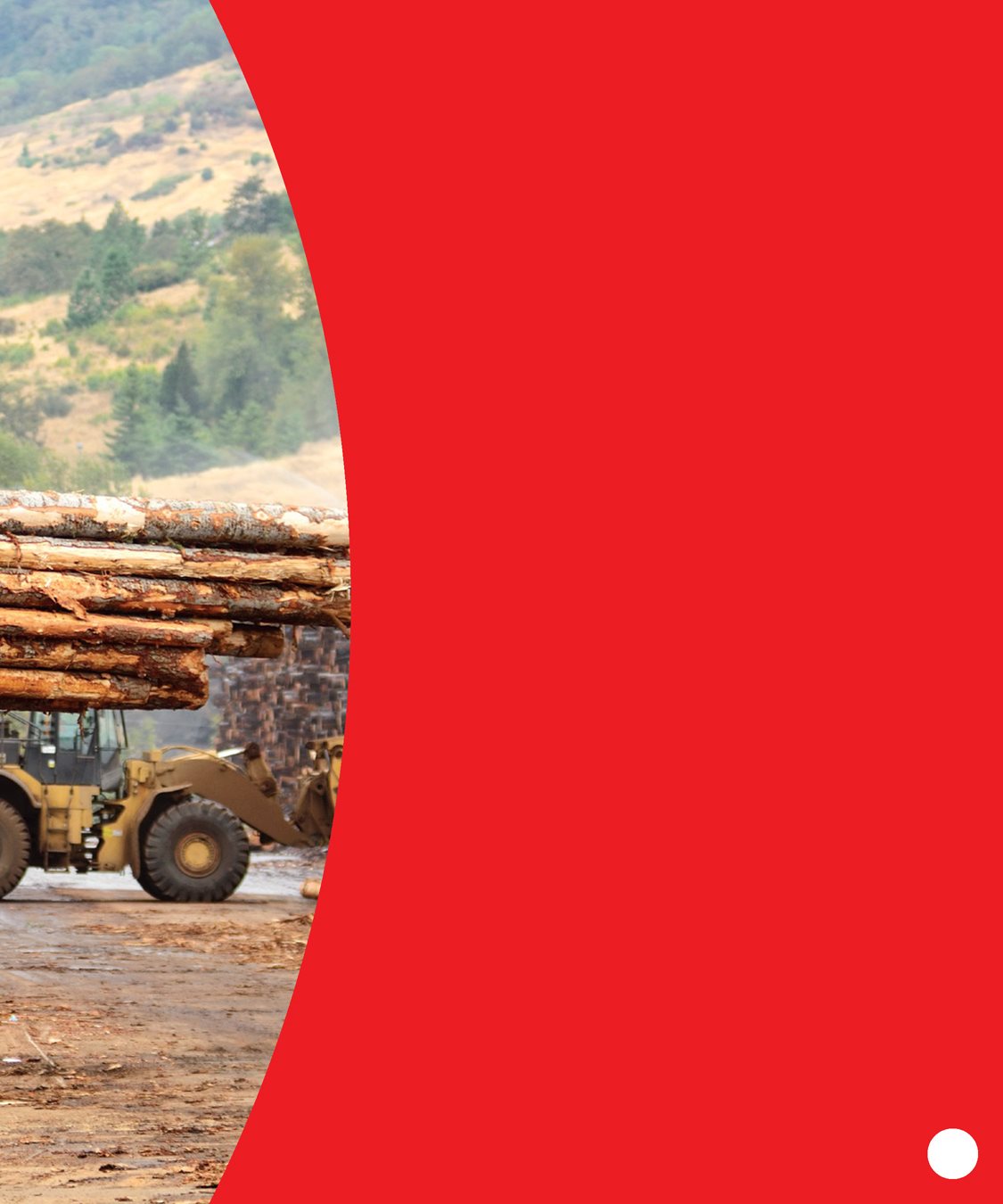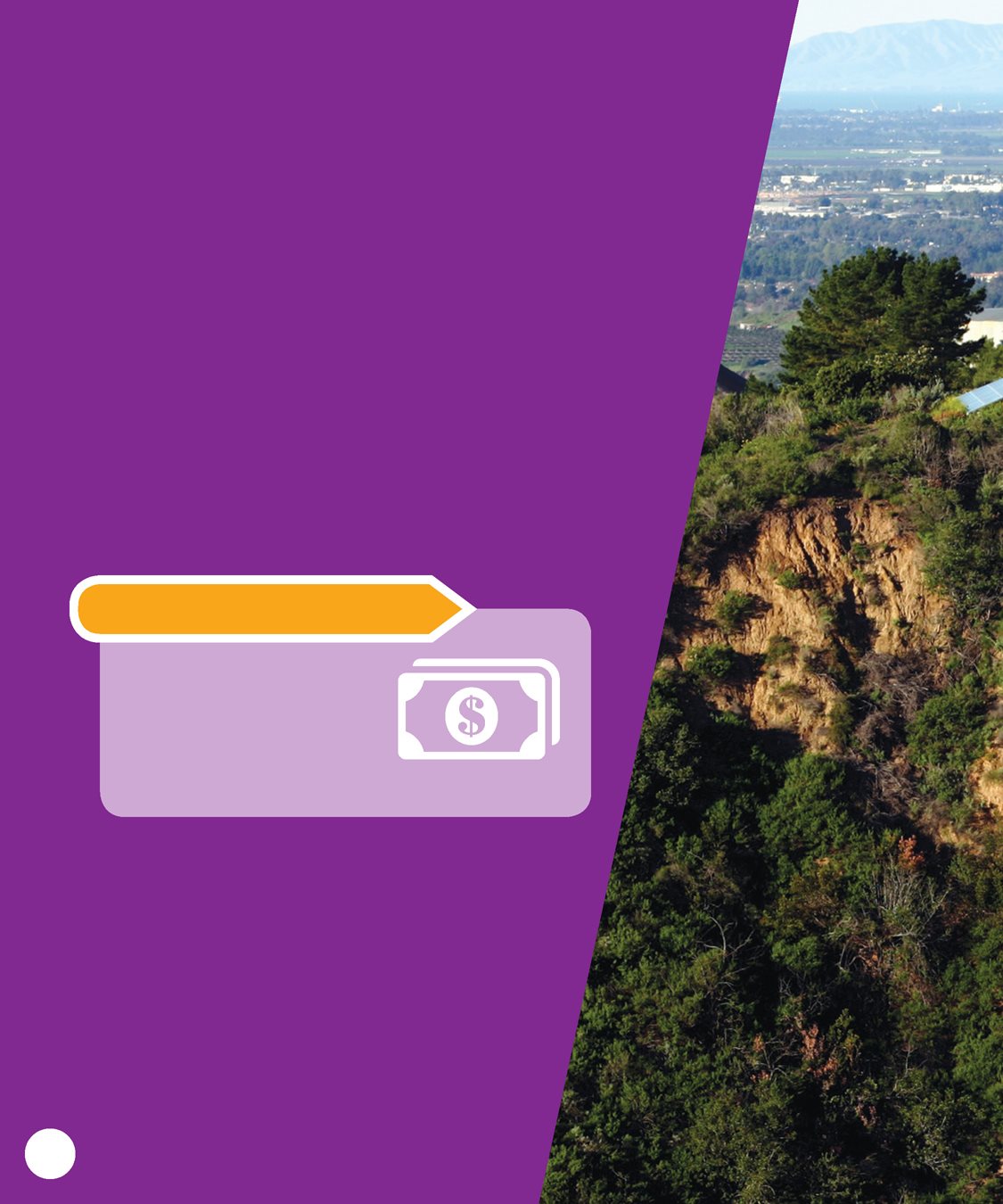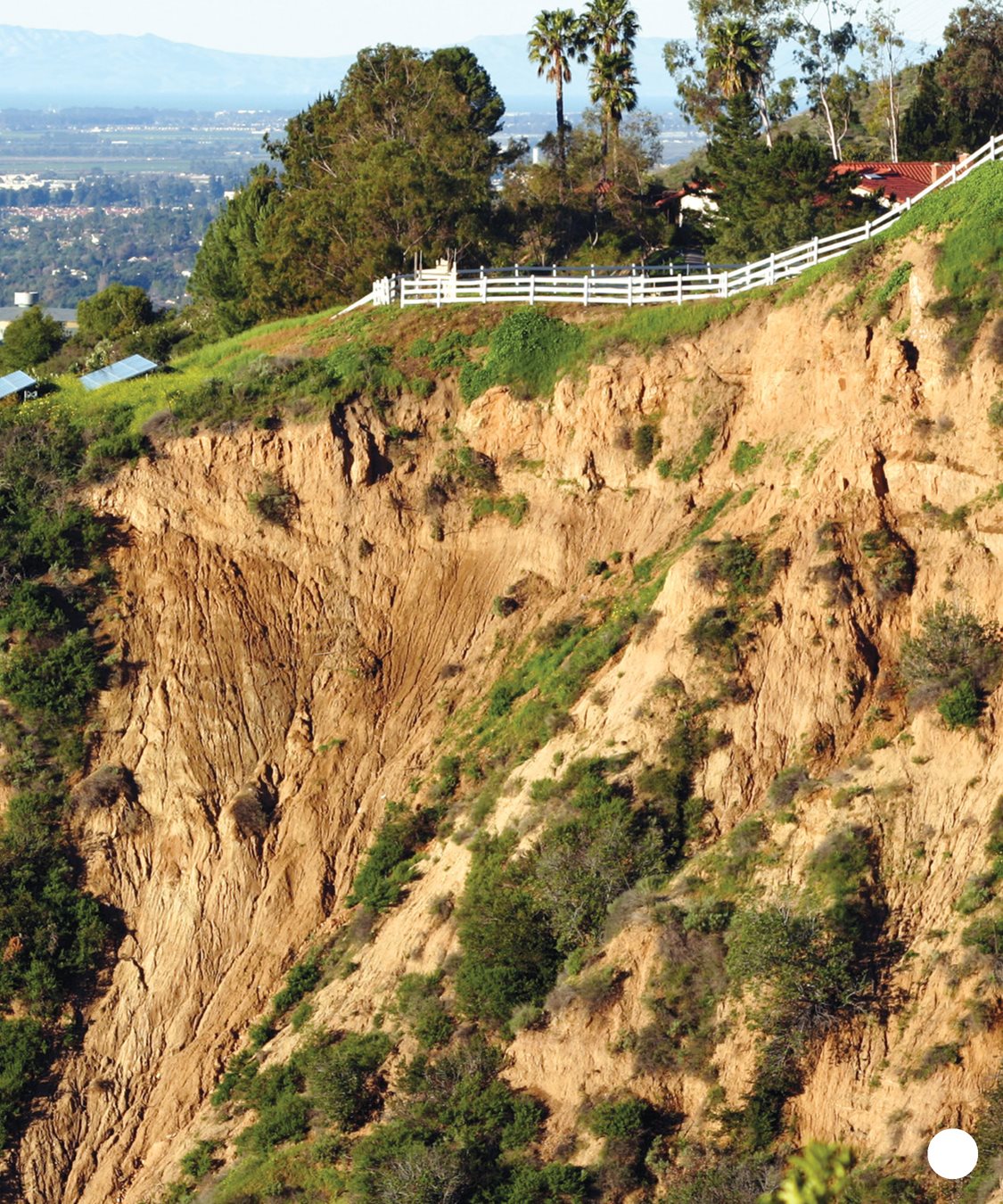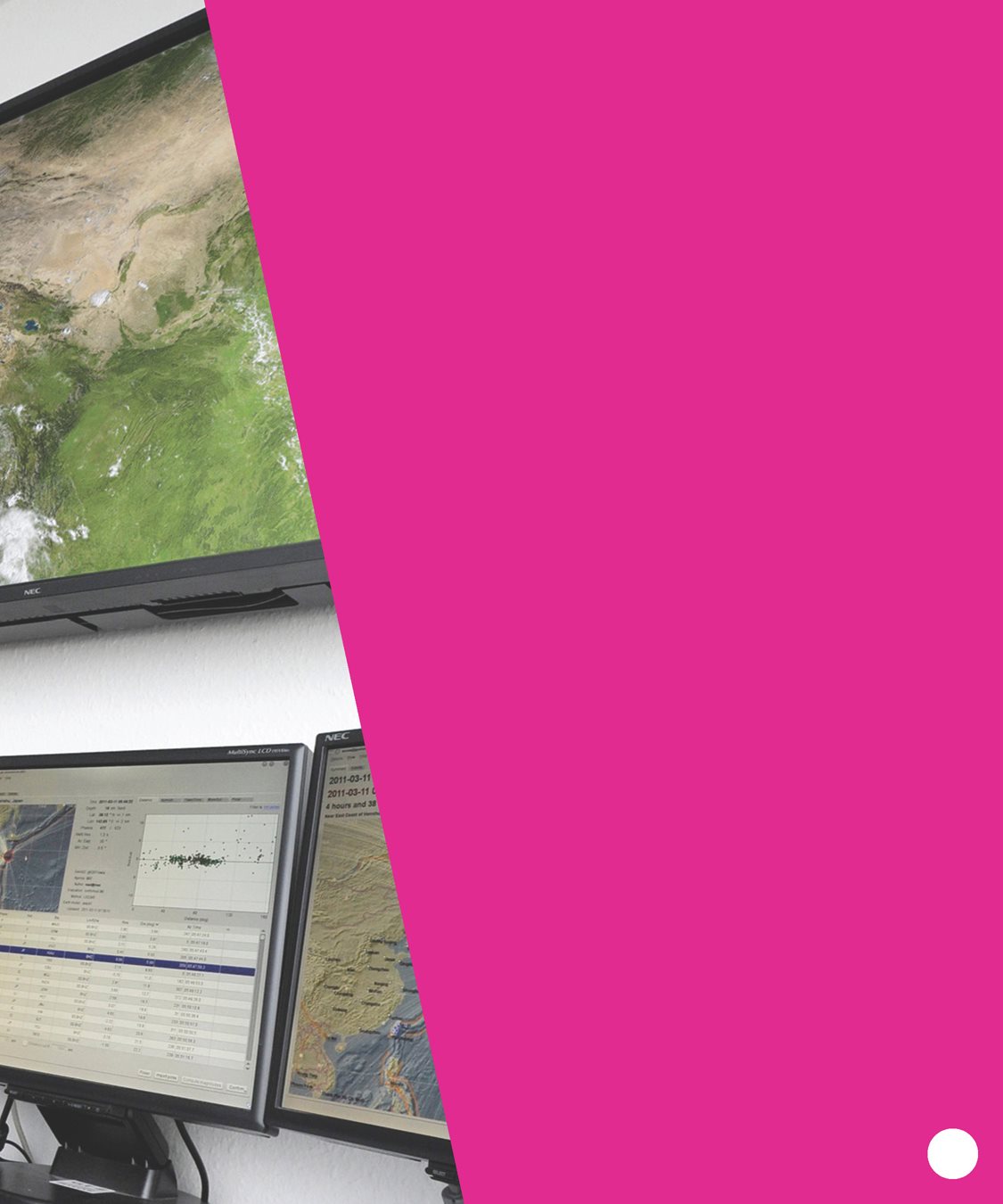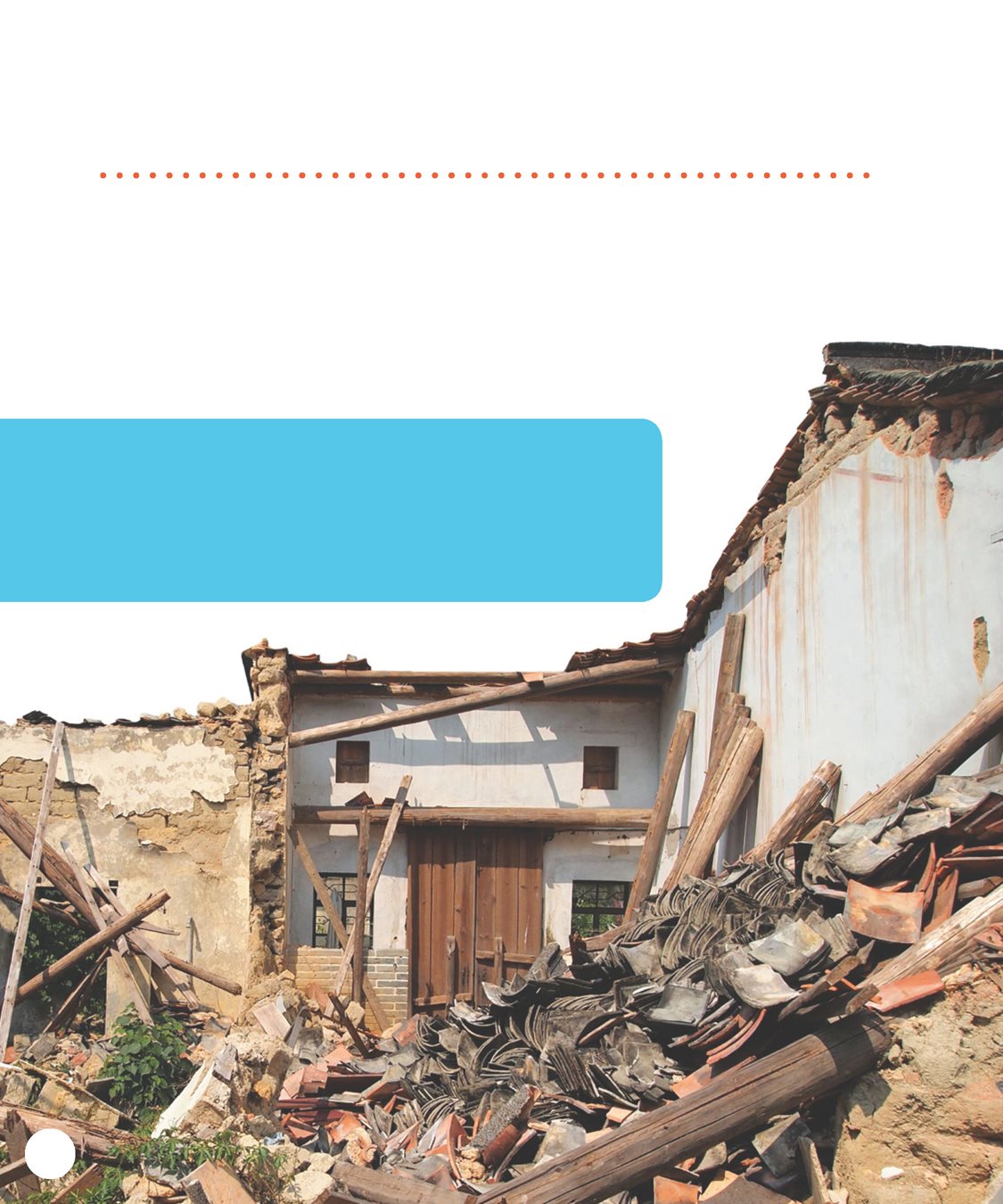Ideas for Parents
and Teachers
Pogo Books let children practice
reading informational text while
introducing them to nonfiction
features such as headings, labels,
sidebars, maps, and diagrams,
as well as a table of contents,
glossary, and index. Carefully leveled text with
a strong photo match offers
early fluent readers the support
they need to succeed.
Before Reading
Walk through the book and
point out the various nonfiction
features. Ask the student what
purpose each feature serves. Look at the glossary together.
Read and discuss the words.
Read the Book
Have the child read the book
independently.
Invite him or her to list questions
that arise from reading.
After Reading
Discuss the childs questions.
Talk about how he or she might
find answers to those questions. Prompt the child to think more.
Ask: Have you ever experienced
a landslide? Have you seen
the aftermath? Pogo Books are published by Jump!
5357 Penn Avenue South
Minneapolis, MN 55419
www.jumplibrary.com Copyright 2016 Jump!
International copyright reserved in all countries.
No part of this book may be reproduced in any form
without written permission from the publisher. Library of Congress Cataloging-in-Publication Data Meister, Cari, author. Landslides / by Cari Meister. (Disaster zone) Audience: Ages 710 Includes index. (Disaster zone) Audience: Ages 710 Includes index.
ISBN 978-1-62031-222-3 (hardcover: alk. paper) ISBN 978-1-62031-267-4 (paperback) ISBN 978-1-62496-309-4 (ebook) 1. LandslidesJuvenile literature. I. Title. QE599.A2M45 2016 551.307dc23 2014050209 Series Editor: Jenny Fretland VanVoorst Series Designer: Anna Peterson Photo Researcher: Anna Peterson Photo Credits: All photos by Shutterstock except:
AJP/;
Getty, ;
Thinkstock, .
Printed in the United States of America at
Corporate Graphics in North Mankato, Minnesota.
TABLE OF CONTENTS
CHAPTER
WHAT IS A
LANDSLIDE?
Imagine you live in the
mountains. Your house
sits at the base. 4 CHAPTER 1
Last year a fire killed many of the
trees on your side of the mountain. This year it has rained a lot. CHAPTER 1
Suddenly you hear a low
rumbling.
You look out
the window. Rocks, wood,
and mud tumble down
the slope . Its a landslide!
DID YOU KNOW?
Landslides move fast.
They can move up to
miles ( kilometers )
per hour! 6 CHAPTER 1
CHAPTER 1
8 CHAPTER 1
A landslide happens when a large
amount of rock, earth, and other
material moves down a slope. Mudslides are a kind of
landslide. They happen when
there has been a lot of rain.
The rain mixes with debris .
It makes a slurry .
DID YOU KNOW?
An avalanche is like a landslide,
but it is made of snow.
CHAPTER 1
CHAPTER
WHAT CAUSES
LANDSLIDES?
Many things can
trigger a landslide.
Earthquakes and
volcanic eruptions
shake the earth. So do hurricanes. 10 CHAPTER 2
debris The shaking loosens the top layer
of earth. Gravity causes the debris
to fall down the slope. CHAPTER 2
12 CHAPTER 2
Logging can trigger landslides.
Trees help hold soil in place.
When trees are removed,
the soil is loosened.
Ground that was once
solid can give way. Construction also causes
landslides.
If the land
changes too much, it makes
the ground unstable.
Homes fall. CHAPTER 2
Landslides happen in many
places. They happen in all
of the United States.
Most often, they happen
near mountains and valleys . If you live where there
have been landslides,
be aware! There will likely
be more in the future.
DID YOU KNOW?
Landslides are costly.
They cause more than a
billion dollars of damage
in the United States
every year. 14 CHAPTER 2
CHAPTER 2
16 CHAPTER 2
Landslides can strike fast.
Often there is no warning.
Geologists use satellite
photos to study Earths surface.
They study how the land
changes.
They can predict
some landslides, but not
all of them. CHAPTER 2
CHAPTER
DEADLY
LANDSLIDES
Landslides can be deadly. Every year about 8,000 people
worldwide die in landslides. 18 CHAPTER 3
In 1999, heavy rains hit Venezuela.
The rain caused thousands of landslides
and flash floods. About 30,000 people died. The most deadly landslides happened
in 1920.
An earthquake in China started big
landslides. More than 180,000 people died. CHAPTER 3

